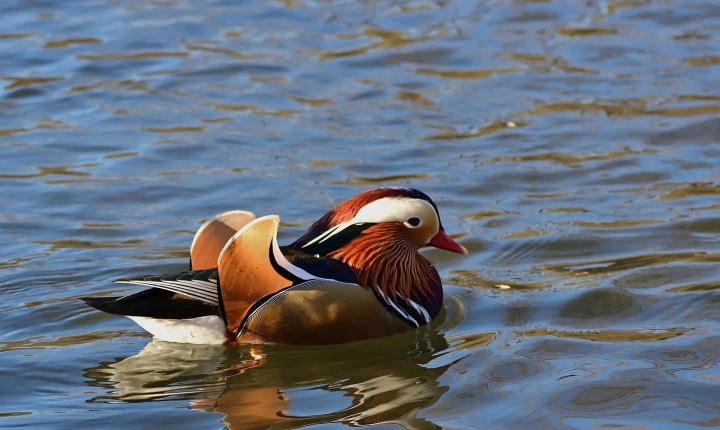Using AI Art in Your Book: Innovation or Controversy?
Artificial intelligence (AI) has been making significant strides in the realm of creative expression, particularly in the field of visual arts. AI-generated art, created using algorithms and machine learning techniques, has sparked a debate about its validity and the ethical implications of incorporating it into traditional artistic mediums like books.
AI art encompasses a wide range of creative outputs, including digital paintings, illustrations, and even sculptures. These creations are generated by algorithms that analyze vast quantities of data and learn to replicate certain artistic styles or techniques. The results are often visually striking and can be difficult to distinguish from human-made art.
For authors considering using AI-generated art in their books, the potential benefits are evident. AI art can offer unique and captivating visuals that may enhance the storytelling experience. It can also provide an opportunity to explore new artistic styles and push the boundaries of creativity. Additionally, AI art can be a cost-effective solution for authors with limited access to traditional artists or resources.
However, the use of AI art in books raises several important considerations. One of the primary concerns is the question of authorship and originality. Can AI-generated art be considered the intellectual property of its creator, or does its origin from machine algorithms raise doubts about its authenticity? Furthermore, there are ethical implications surrounding the use of AI art, particularly in terms of the impact on human artists and the potential devaluation of their work.
Another contentious issue is the potential loss of human touch and emotional resonance in AI-generated art. Many argue that the essence of art lies in the human experience and expression, and that AI art lacks the depth and emotional connection that human-made art offers. This raises questions about the impact on readers’ engagement with the book and the authenticity of the artistic experience.
Despite these concerns, there are compelling examples of successful integration of AI art in books. Some authors have used AI-generated illustrations to complement their narratives, creating a visually stunning and thought-provoking synthesis of technology and creativity. This demonstrates the potential for AI art to expand the boundaries of artistic expression and engage audiences in new and innovative ways.
As AI continues to evolve and permeate various aspects of human creativity, the debate around its role in traditional art forms like books will persist. Authors, publishers, and artists will need to navigate the complex ethical and practical considerations associated with AI art, weighing its potential benefits against its impact on traditional artistic practices.
In the end, the decision to use AI art in a book is a deeply personal and subjective one. Authors must carefully consider the implications of incorporating AI-generated art, balancing the potential benefits with the ethical and artistic concerns. Ultimately, the integration of AI art in books represents a compelling intersection of technology and creativity, challenging the boundaries of traditional art and opening new possibilities for storytelling.
